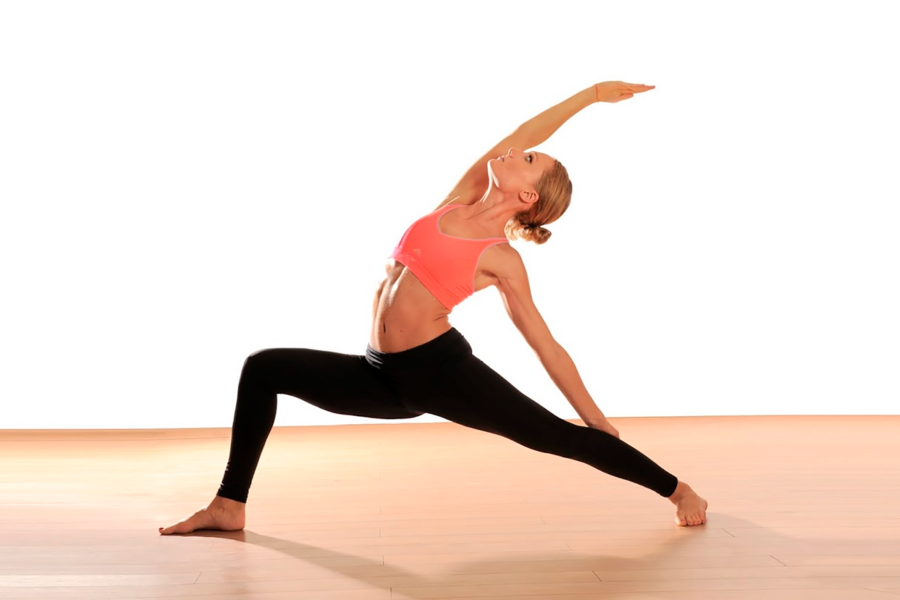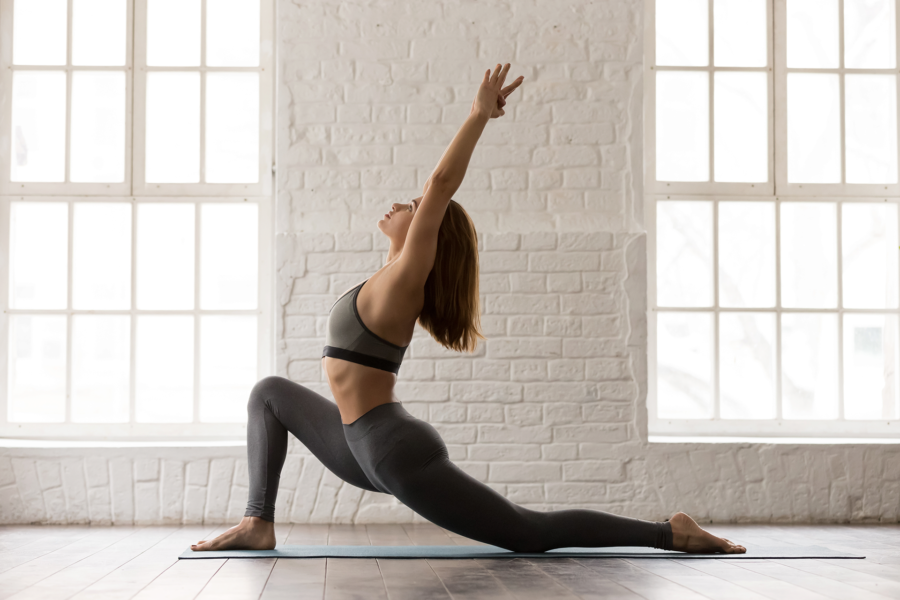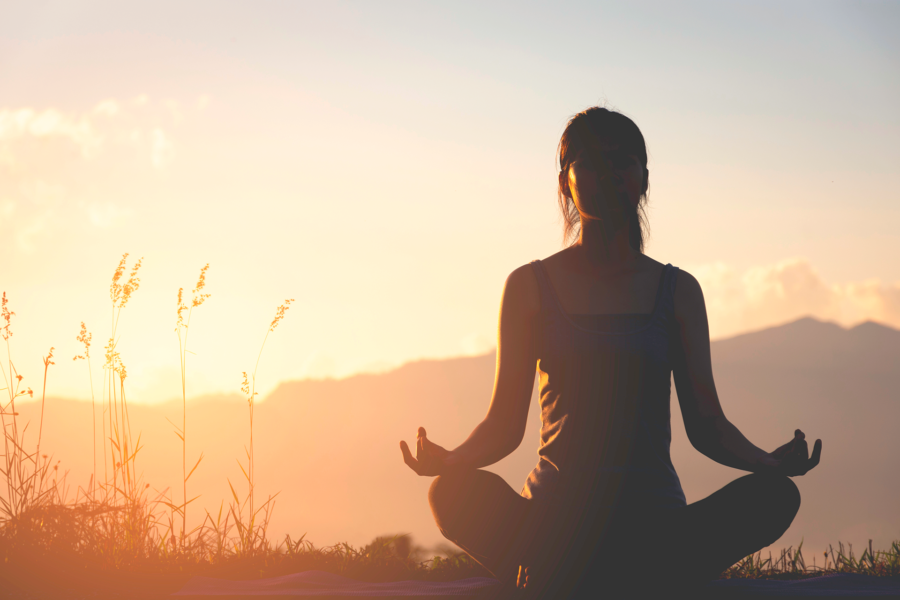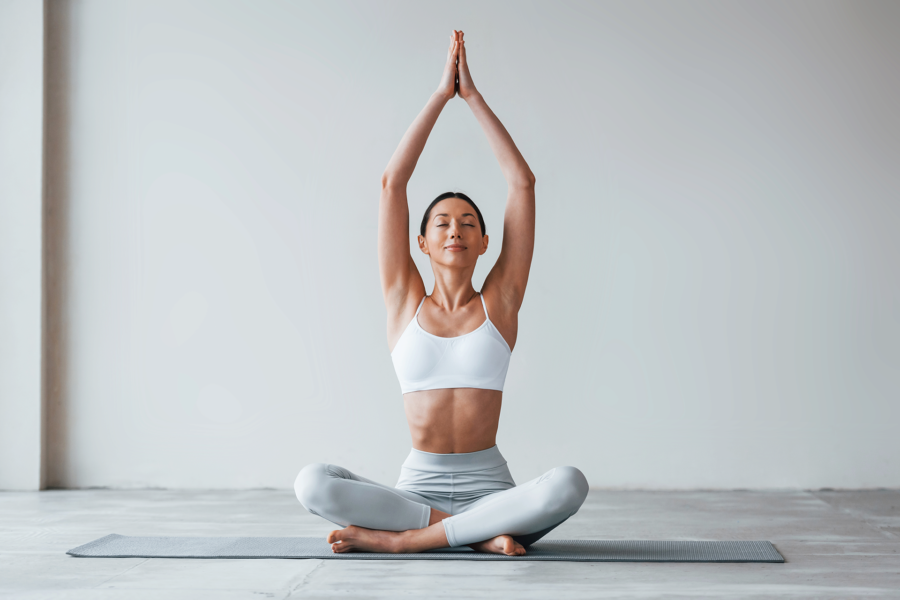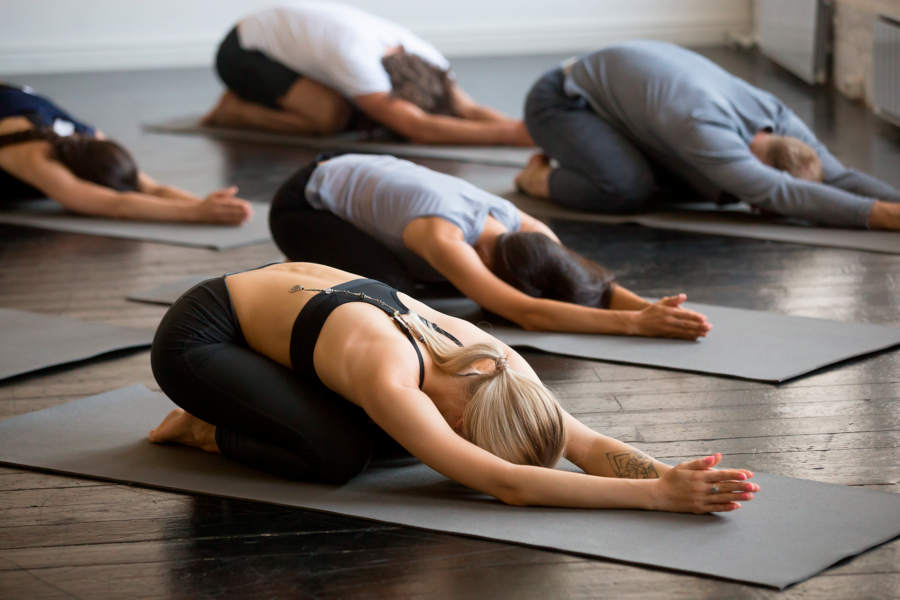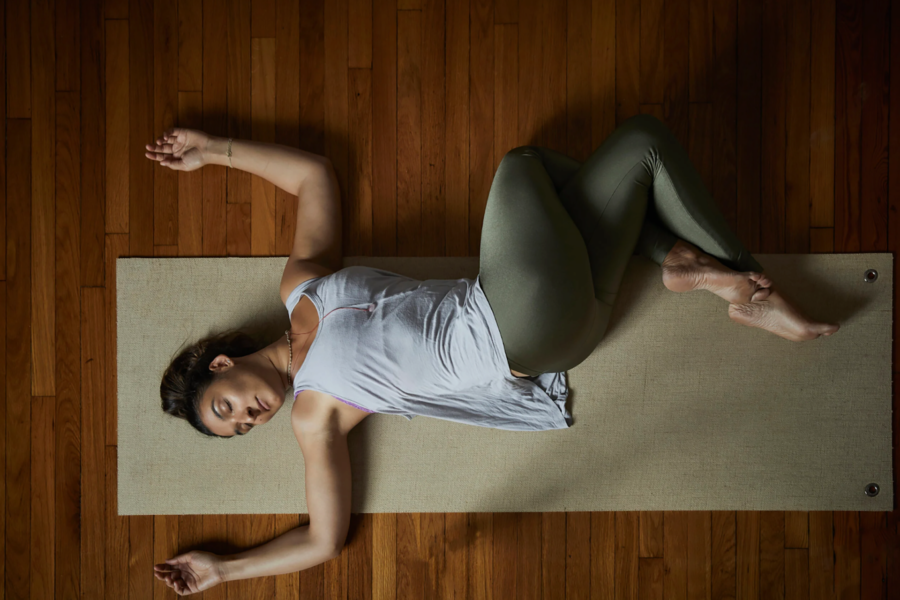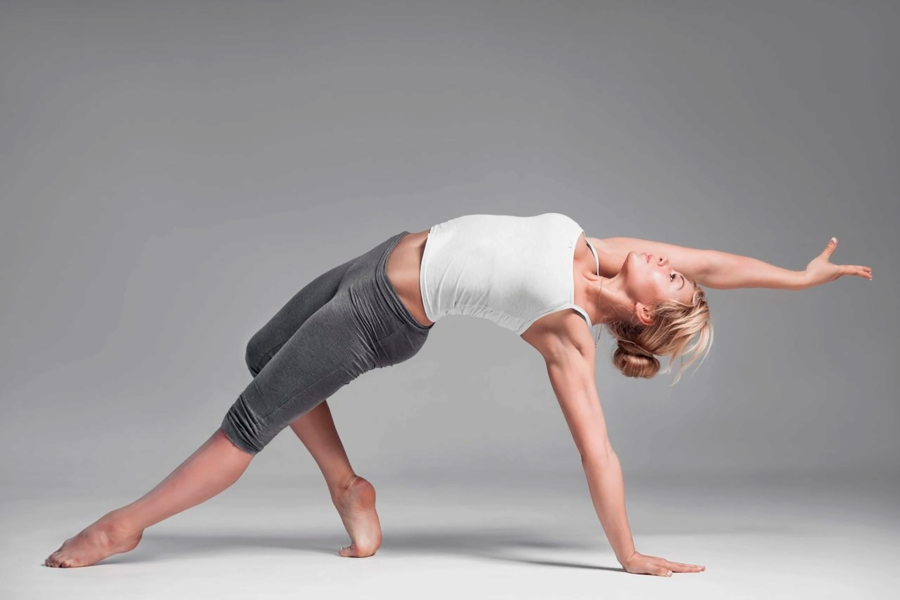Different Types of Yoga and Why You Should Try Them
Yoga is one of the most ancient wellness practices known to humanity. With roots stretching back thousands of years, yoga is no longer confined to flexibility studios or spiritual seekers.
Today, many forms of yoga have benefited athletes across all disciplines, from marathon runners to powerlifters and everyone in between. Almost anyone can do some form of yoga to enhance their fitness. Whether you are an elite athlete or just looking to add some flavor to your routine, there’s a type of yoga for you.
But how exactly does a meditative practice fit into modern fitness and athletics? And what exactly are the benefits of incorporating yoga into your routine?
This article will discuss the science of yoga and its different forms so you can integrate them into your own fitness routine.
Yoga is a flexibility and mindfulness practice that helps improve various aspects of physical and mental health.
Through fluid and gentle motions, yoga practitioners transition between each position (asanas), which activate and target different muscle groups and joints. By holding these postures and focusing on proper alignment, practitioners gradually increase their range of motion, increasing tendon flexibility and releasing muscle tension.
More importantly, many forms of yoga emphasize mindfulness or being fully present and engaged in the current moment without judgment.
During yoga, practitioners are encouraged to focus on their breath (pranayamas) and bodily sensations, which helps to quiet the mind and reduce stress and anxiety.
Other benefits of yoga:
- Improves posture
- Decreases pain perception
- Reduces chronic pain
- Improves circulation
- Decreases high blood pressure
- Enhances flexibility
- Improves metabolism
- Improves memory and cognition
- Regulates mood
- Reduces stress and promotes relaxation
1. Hatha yoga
Hatha is a perfect introduction to the most basic postures in yoga and can be a good place for beginners. It combines static poses while focusing on the flow of breathing, allowing practitioners to experience stress relief while getting comfortable with yogic positions.
Benefits:
- Improves posture and alignment
- Enhances breathing techniques
- Promotes relaxation
- Builds foundational strength
How it complements your routine: Hatha is a low-impact yoga practice perfect for people looking to optimize their fitness routine and add variation to their active rest days. Since it is gentle on the joints, it is also great for those who are starting their weight loss journey.
Overall, Hatha is excellent for improving body awareness and proper form, which are beneficial for other exercises.
Vinyasa yoga focuses on flow and flexibility. This form emphasizes fluid and dynamic transitions to different postures, with each change in position synchronizing with breathing cycles. This practice enhances body awareness and promotes relaxation while improving body coordination.
Benefits:
- Enhances body awareness
- Improves cardiovascular fitness
- Reduces stress
- Boosts focus and concentration
How it complements your routine: Vinyasa yoga's fluid movements can serve as an excellent warm-up or cool-down for other workouts. It's also great for active recovery days or movement snacks, helping to maintain flexibility and prevent muscle stiffness.
Iyengar yoga prioritizes precision and alignment by incorporating accessories such as yoga straps, blocks, and bolsters to enhance body alignment. Some body alignment and therapeutic principles used in the medical field are derived from Iyengar yoga.
This practice may benefit people with postural and spinal issues, in addition to developing mindfulness and self-discipline.
Benefits:
- Enhances body alignment
- Enhances flexibility
- Improves balance
- Develops patience and mindfulness
- Increases mental clarity
How it complements your routine: Iyengar yoga's focus on precise alignment can help prevent injuries in other forms of exercise by improving body awareness and proper form.
Ashtanga yoga is a rigorous style of yoga designed to improve endurance. It follows a strict sequence of poses that help improve focus and discipline while also engaging key muscle groups such as the core.
Benefits:
- Increases physical stamina
- Improves focus and discipline
- Enhances strength and flexibility
- Reduces stress
How it complements your routine:
Ashtanga's rigorous nature makes it an excellent addition to high-intensity and core training programs. It can help improve endurance and mental toughness for other challenging workouts.
If you are looking for a relaxing workout, adding restorative yoga to your toolbox is your best option.
Unlike more active styles of yoga, restorative yoga emphasizes long-held, passive stretches using props such as bolsters, blankets, and blocks to support the body. This lets practitioners completely relax into poses, often holding them for 5 to 20 minutes.
This form of yoga focuses meditation and breathing techniques, allowing you to calm your thoughts and enter deep relaxation states.
Benefits:
- Promotes deep relaxation
- Reduces anxiety and stress
- Improves sleep quality
- Enhances overall recovery
- May help in recovery from depression
How it complements your routine: Restorative yoga is excellent for active recovery days or after intense workouts. It can help reduce muscle tension and promote faster recovery. This gentle mobility routine is great for people recovering from an injury.
Kundalini yoga is a more spiritual form of yoga that aims to awaken the energy at the base of the spine. It combines physical postures, breathing techniques, meditation, and chanting to enhance self-awareness and spiritual growth.
Benefits:
- Improves spiritual awareness
- Enhances mental clarity
- Boosts energy levels
- Strengthens the nervous system
- Reduces stress and anxiety
How it complements your routine:
Kundalini yoga can be an excellent addition to your routine for mental and emotional well-being. It can help manage stress, improve focus, and boost overall energy, which can enhance performance in other physical activities.
Bikram yoga, or "hot yoga," is performed in a heated room (typically around 105°F with 40% humidity) and consists of 26 poses and two breathing exercises. This challenging practice is designed to improve strength, flexibility, and endurance.
Some studies suggest that being exposed to heated environment can lead to an increased in activation of brown fat cells which promotes fat loss and improvement in growth hormone.
Benefits:
- Enhances cardiovascular endurance
- Improves flexibility
- Promotes detoxification through sweating
- Builds mental resilience
- May aid in weight loss
How it complements your routine:
Bikram yoga can be an intense complement to other forms of exercise, helping to improve heat tolerance and mental toughness. It's particularly beneficial for those looking to enhance flexibility and cardiovascular endurance while reducing body fat.
Here’s a plan for women that would do well with yoga:
And for men
Yin yoga is a slow-paced, meditative style of yoga that focuses on deep, passive stretching. Unlike more active forms of yoga, Yin involves holding poses for extended periods, typically 3-5 minutes or even longer.
This practice targets the deep connective tissues of the body, particularly in the hips, pelvis, and lower spine. People with hypermobility need to be careful not to overstretch their hips when performing this yoga.
Benefits:
- Increases flexibility, especially in the hips, pelvis, and lower spine
- Reduces stress and anxiety
- Improves joint mobility
- Enhances circulation in joints and fascia
- Balances the mind and body
- May help reduce chronic pain
How it complements your routine: Yin yoga is excellent addition to more active fitness regimens, offering balance and recovery while improving flexibility in the lower back and lower body.
It's particularly beneficial for athletes engaged in high-impact sports or strength training, as it helps counteract stiffness and improves overall mobility.
Anusara yoga is a modern form of hatha yoga that focuses on alignment principles and positive philosophy. It emphasizes "heart-opening" poses and the spiritual aspects of yoga grounded in the belief in the inherent goodness of all beings.
Benefits:
- Improves posture and alignment
- Enhances strength and flexibility
- Boosts self-esteem and positivity
- Promotes mind-body connection
- Improves flexibility and grace in movement
- Encourages self-expression
How it complements your routine: Anusara yoga can help improve overall body awareness and alignment, enhancing performance in other physical activities. Its positive philosophy can also improve mental health and motivation in your fitness journey.
Selecting the most suitable yoga practice is essential for genuinely enjoying and harnessing the benefit of adding yoga into your fitness routine. Here are some key factors you can consider when choosing a yoga style that fits your goals.
Everyone has to start somewhere, and it’s much more rewarding to start where you feel most comfortable and ready.
Beginners may want to start with gentler styles such as Hatha or Restorative Yoga. As a fitness enthusiast, your role is not to master yogic positions quickly but to be comfortable integrating yoga into your routine.
If you have a more advanced fitness experience, you might enjoy more challenging styles like Vinyasa or Ashtanga.
For many people, yoga is just one part of their fitness journey. Determining your personal fitness goals and why you are doing yoga is important.
- For stress relief and relaxation: Try Restorative and Yin Yoga
- For flexibility: Consider Yin or Hatha yoga
- For strength-building: Try Ashtanga
- For mindfulness and spiritual growth: Explore Kundalini or Anusara
If you have physical limitations such as spinal conditions such as scoliosis or chronic back pain, it is important to consult a healthcare provider first. Styles like Iyengar yoga, which use props and prioritizes body alignment, might be more beneficial and safe for you.
If you enjoy routine, try a structured practice like Bikram yoga. If you prefer variety, Vinyasa yoga might be more appealing.
Regardless, it’s crucial to match your yoga routine with your preference to ensure that you stick with it long-term.
| Day | Workout |
| Monday | 45-min Strength Training + 30-min Vinyasa Yoga |
| Tuesday | 45-min Cardio (Run/Cycle/Swim/Stairmaster) |
| Wednesday | Rest Day: 30-min Restorative Yoga (Active Recovery) |
| Thursday | 60-min Hatha or Ashtanga Yoga |
| Friday | 30-min HIIT Workout + 30-min Yin Yoga |
| Saturday | 45-min Strength Training + 30-min Vinyasa Yoga |
| Sunday | Rest Day: 45-60 min Gentle Yoga Flow (Active Recovery) |
1. Strength Training
- Warm-up: Sun Salutation, Dynamic Warrior Poses
- Cool-down: Static holds focusing on stretched muscles
- Warm-up: Flowing sequences like Sun Salutations
- Cool-down: Forward folds, hip openers, twists
- Warm-up: Dynamic poses like Mountain Climbers, Plank to Downward Dog
- Cool-down: Restorative poses, gentle twists, Child’s Pose
- Full yoga session focusing on Yin or Hatha
Yoga is an excellent addition to any workout routine to add balance to your fitness in terms of flexibility, mobility, and mindfulness. Through different Yoga styles, you can enhance your recovery, support strength building, develop better breathing techniques, and enhance your overall well-being.


